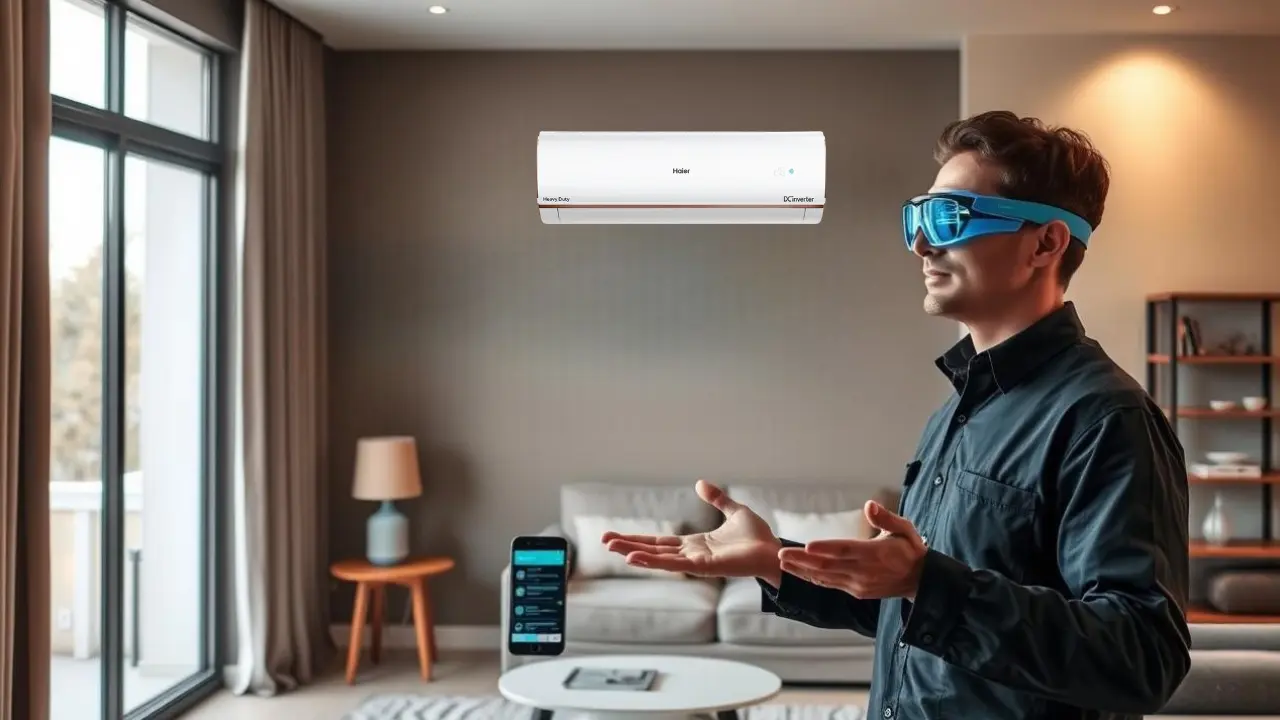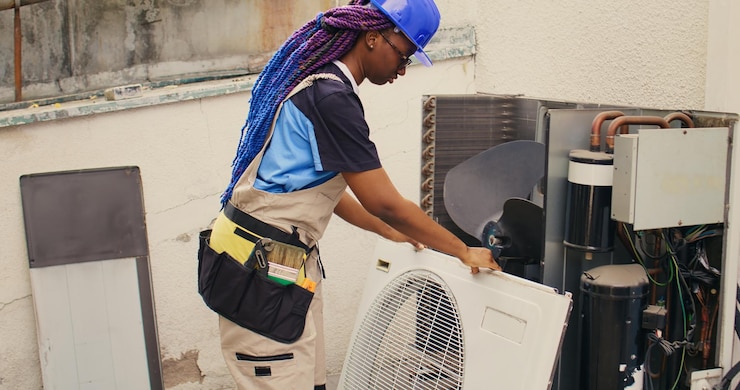The integration of AI tools for HVAC system balancing is transforming how we manage indoor climate control. These tools are not only making HVAC systems more efficient but also enhancing comfort and reducing energy consumption. As the demand for smarter and more sustainable solutions grows, AI technology is leading the way in optimizing HVAC operations.

Understanding HVAC System Balancing
Before diving into how AI tools are impacting HVAC system balancing, it’s important to understand what system balancing entails. HVAC system balancing involves adjusting and tuning the components of the system to ensure optimal performance. This process helps in distributing air evenly throughout a building, maintaining comfort levels, and ensuring energy efficiency.
How AI is Transforming HVAC Systems
AI technology is rapidly changing the landscape of HVAC systems. By integrating AI, these systems are becoming more autonomous, capable of learning from data, and making intelligent decisions. AI tools can analyze a multitude of data points in real-time, allowing for precise adjustments and predictive maintenance.
Predictive Maintenance with AI
One of the significant advantages of AI in HVAC systems is predictive maintenance. AI algorithms can predict when a component is likely to fail, allowing for timely repairs and avoiding unexpected breakdowns. This not only extends the lifespan of the equipment but also reduces downtime and maintenance costs. For more insights on predictive maintenance, visit HVAC predictive maintenance.
Real-Time Diagnostics
AI tools provide real-time diagnostics by continuously monitoring the performance of HVAC systems. This capability allows for immediate identification of issues and swift corrective actions. Real-time diagnostics also enhance the overall efficiency of the system by ensuring it operates within optimal parameters. Discover more about real-time HVAC diagnostics.
AI-Based Airflow Analysis
Airflow analysis is crucial for maintaining comfort and energy efficiency in buildings. AI tools can analyze airflow patterns and make necessary adjustments to optimize distribution. This process ensures that each area of a building receives the right amount of air, enhancing comfort and reducing energy waste. Explore more on AI-based airflow analysis.
Benefits of Using AI in HVAC System Balancing
The use of AI tools for HVAC system balancing offers numerous benefits. These include increased energy efficiency, improved indoor air quality, and enhanced comfort levels. By optimizing system performance, AI tools help in reducing energy consumption and operational costs.
Energy Efficiency
AI tools enable HVAC systems to operate more efficiently by optimizing energy use. They can adjust settings based on occupancy, weather conditions, and other factors, ensuring that energy is not wasted. This leads to significant cost savings and a reduced environmental footprint.
Improved Indoor Air Quality
Maintaining good indoor air quality is essential for the health and well-being of occupants. AI tools monitor air quality levels and make necessary adjustments to ensure a healthy environment. This includes regulating humidity levels, filtering pollutants, and maintaining adequate ventilation.
Enhanced Comfort
AI tools enhance comfort by maintaining consistent temperature and humidity levels. They can learn from user preferences and adapt settings accordingly, providing a personalized climate control experience. This ensures that occupants are comfortable at all times, regardless of external conditions.
Challenges and Considerations
While the benefits of AI tools for HVAC system balancing are clear, there are also challenges and considerations to keep in mind. These include the initial costs of implementation, the need for skilled personnel, and data privacy concerns.
Implementation Costs
Implementing AI tools in HVAC systems can be costly. However, the long-term savings in energy costs and maintenance can offset the initial investment. It is important to conduct a cost-benefit analysis to determine the value of implementing AI in your specific application.
Need for Skilled Personnel
The integration of AI in HVAC systems requires skilled personnel who understand both AI technology and HVAC operations. This may involve training existing staff or hiring new employees with the necessary expertise. Training programs can help bridge the skills gap and ensure successful implementation.
Data Privacy Concerns
AI tools rely on data to function effectively, raising concerns about data privacy and security. It is crucial to implement robust data protection measures to safeguard sensitive information. Compliance with relevant regulations and standards is also essential.
Future of AI in HVAC Systems
The future of AI in HVAC systems is promising. As technology advances, AI tools will become more sophisticated, offering even greater efficiency and convenience. The ongoing development of smart buildings and IoT integration will further enhance the capabilities of AI in HVAC systems. Learn more about the impact of AI in the HVAC industry by visiting how AI is transforming HVAC.
Conclusion
In conclusion, AI tools for HVAC system balancing are revolutionizing the way we manage indoor climate control. These tools offer numerous benefits, including improved energy efficiency, enhanced comfort, and better indoor air quality. While there are challenges to consider, the potential advantages make AI a valuable addition to HVAC systems. As technology continues to evolve, the role of AI in HVAC systems will only grow, offering even greater opportunities for optimization and innovation.

FAQs
What are AI tools for HVAC system balancing?
AI tools for HVAC system balancing are technologies that use artificial intelligence to optimize the performance of HVAC systems. They adjust and tune system components to ensure efficient operation, comfort, and energy savings.
How do AI tools improve HVAC system efficiency?
AI tools improve HVAC system efficiency by analyzing real-time data to make precise adjustments. They optimize energy use, enhance airflow distribution, and ensure systems operate within optimal parameters.
What challenges do AI tools face in HVAC systems?
Challenges include the initial costs of implementation, the need for skilled personnel, and data privacy concerns. Addressing these challenges is essential for successful AI integration.
This article contains affiliate links. We may earn a commission at no extra cost to you.
